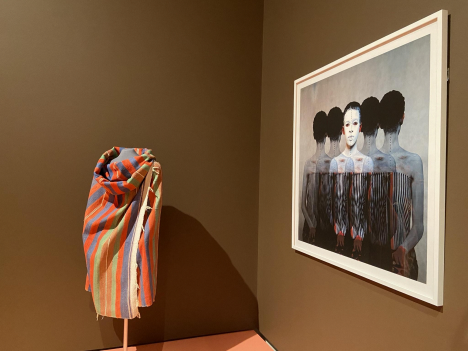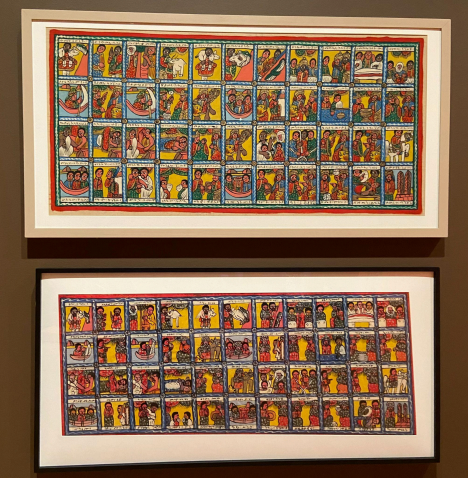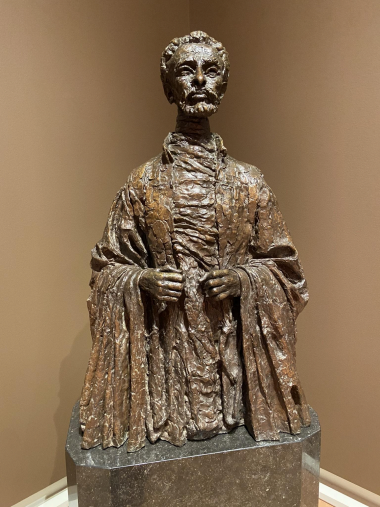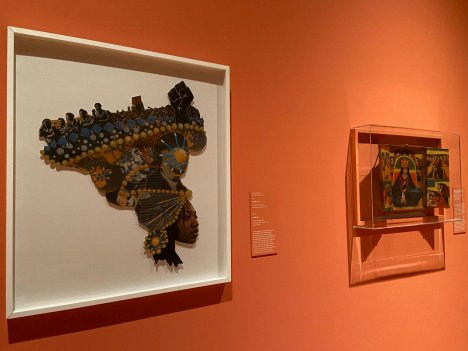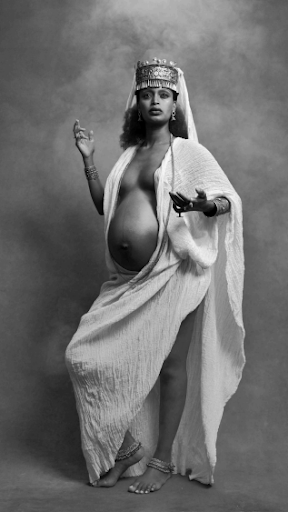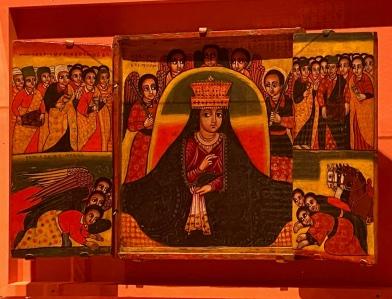Ethiopia is frequently hailed as the crux of the ancient world. Thus, it’s only fitting that the world-renowned Toledo Museum of Art (TMA) would serve as a temporary home highlighting the artistic efforts of the country. Spanning from BCE to Web3, Ethiopia at the Crossroads tells a story of rewarding resilience as it fittingly makes its way to Toledo– the crossroad of America.
Appropriately labeled the “Land of Origins,” Ethiopia is situated between Eritrea and Somalia upon the continent’s easternmost tip. The country creates Africa’s recognizably elusive horn. The Horn of Africa is a territory that historically relied on trade through the Red Sea port of Adulis, which is now in Eritrea. Biblically, it symbolizes authority, ferocity, honor, and power– characteristics that Ethiopia proudly represents in the modern day.




